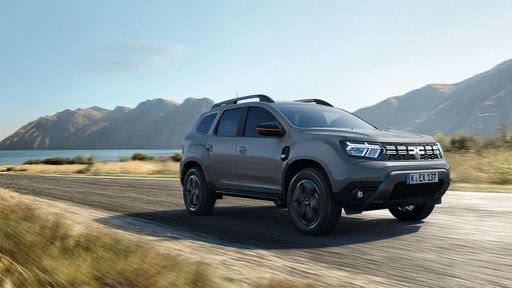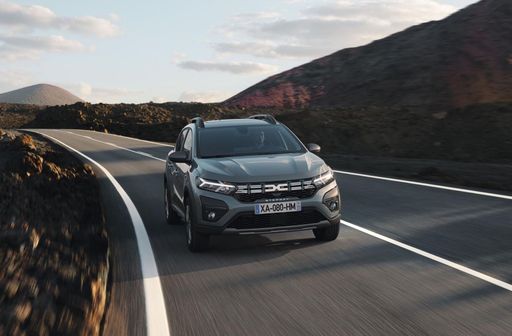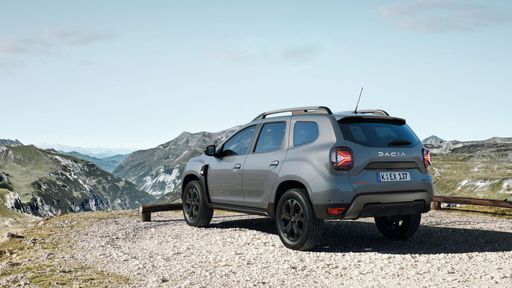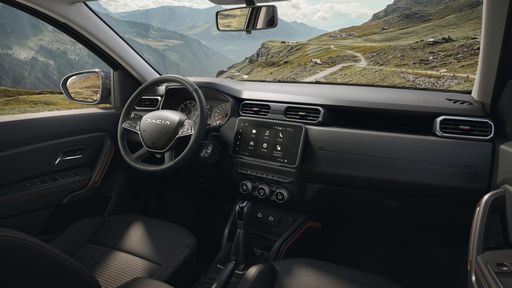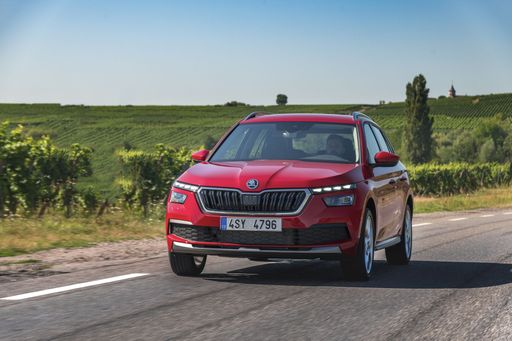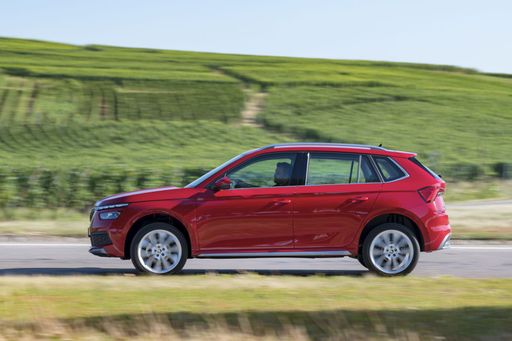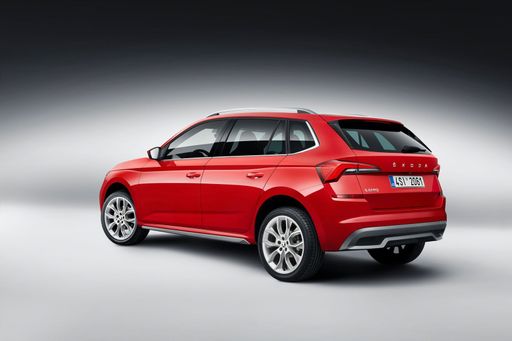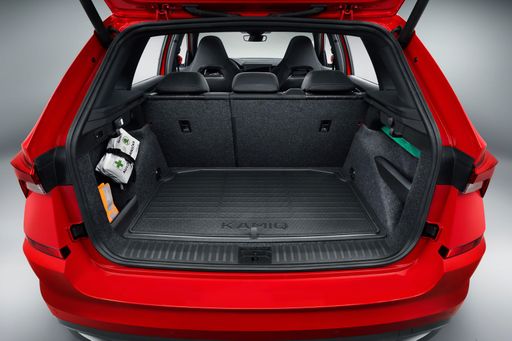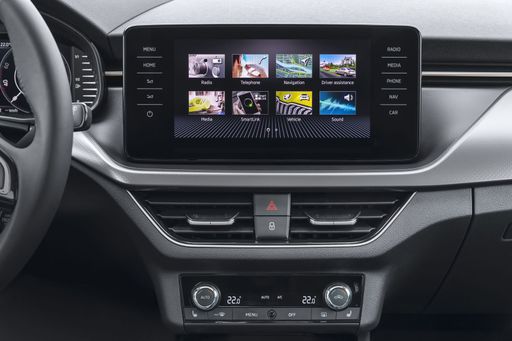Powertrain and Performance
When it comes to powertrains, the Dacia Duster offers a broader range of choices. Customers can select from LPG, full hybrid, or petrol MHEV engines, with power outputs ranging from 91 to 140 HP. This versatility allows for greater customization according to the driver’s needs. Additionally, it supports both manual and automatic transmissions alongside options for front-wheel and all-wheel drive, catering to various driving preferences.
The Skoda Kamiq, on the other hand, focuses on petrol engines, offering power ranging from 95 to 150 HP. It features manual and dual-clutch automatic transmissions, but its front-wheel-drive system may limit some off-road capabilities compared to the all-wheel-drive options available with the Duster. Both vehicles exhibit impressive performance, with the Duster achieving 0-100 km/h in as little as 9.9 seconds, while the Kamiq can reach the same benchmark in as little as 8.3 seconds.

